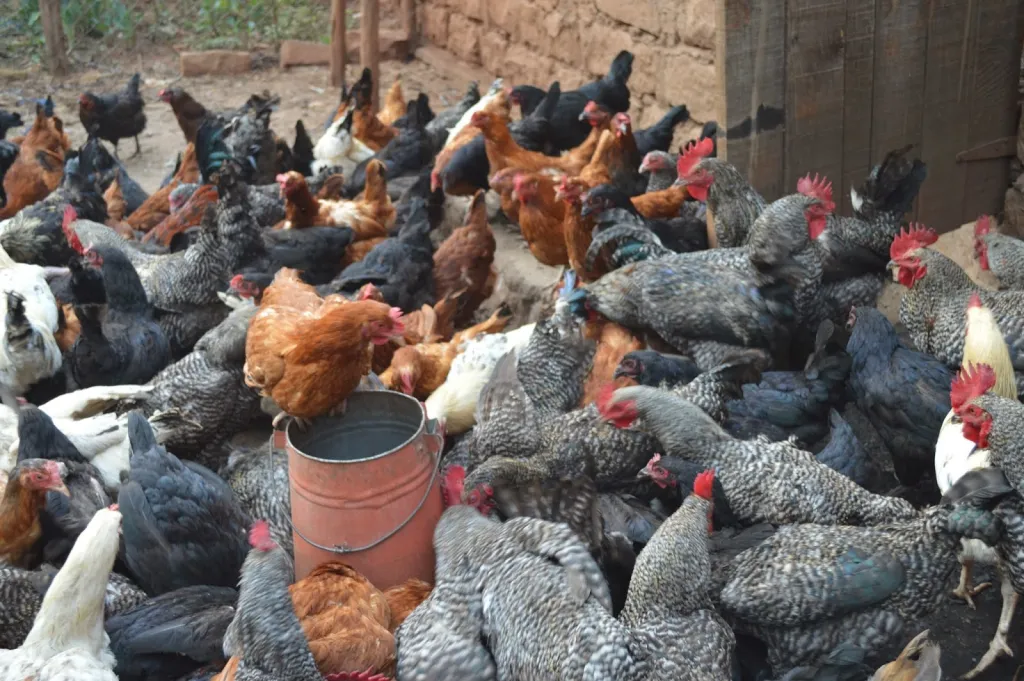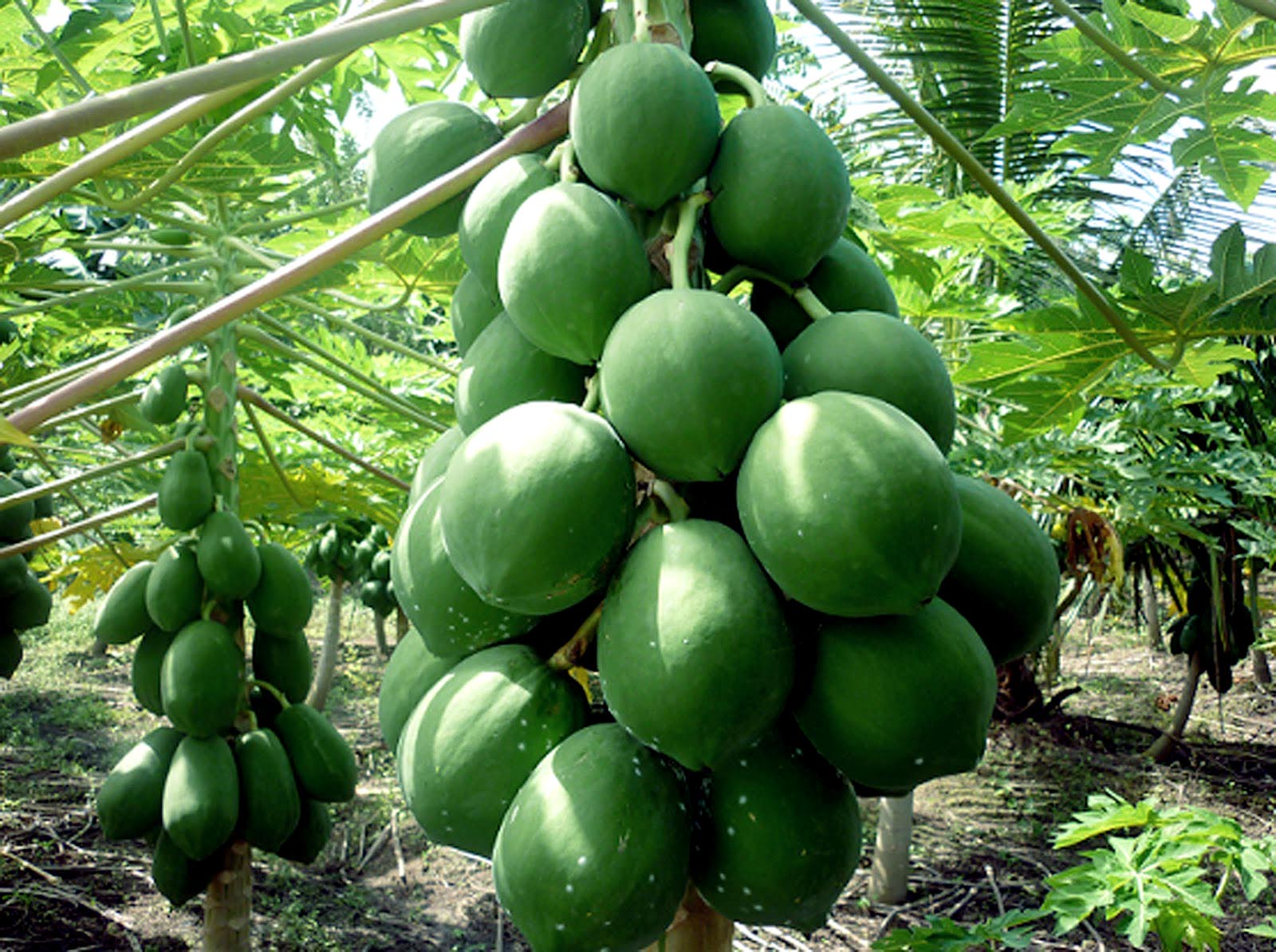Groundnuts farming in Kenya is a smart venture for anyone looking to make money through agriculture. Groundnuts, also known as peanuts, are rich in protein and oil, making them popular in homes, markets, and food industries.
They are easy to grow and mature fast, making them ideal for both small and large farms. With the right conditions, good planting methods, and proper care, you can get a high yield and enjoy big profits.
This guide explains everything you need to know to succeed in groundnut farming in Kenya.

Groundnuts Farming In Kenya Step by Step
Groundnuts grow best in warm areas like Western Kenya, but they can also be grown in many other parts of the country. To earn good money from this crop, follow these key steps — from land preparation to harvest and marketing.
Choose the Best Variety and Prepare Your Land Well
Kenya has several groundnut varieties. Some mature early, others give larger pods or better taste. Common varieties include:
- Red Oriata
- Manipinta
- Attica
- Texas Peanut
- Homabay
- Red Valencia
- Nyanda
- Mwenje
- Makulu Red
- Bukena
Before planting, choose a variety that suits your area and target market. For example, Red Valencia is good for roasting, while Manipinta is known for high yields.
Groundnuts need warm areas below 1500 meters above sea level, with temperatures of 28–30°C. They require well-distributed rainfall (500–600 mm) and a soil pH between 5.5 and 6.5.
Avoid heavy soils. Use sandy loam or loamy soil that drains well. Start by ploughing early and breaking the soil into a fine tilth. Prepare ridges 80 cm apart with a flat top. This helps prevent waterlogging and improves pod formation.
Planting and Caring for Groundnuts the Right Way
Best Time to Plant:
Groundnuts should be planted at the beginning of the rainy season. In Kenya, the best seasons are:
- February to March
- August to September
Plant when the ground is moist for best germination. About two weeks after the rains begin is ideal.
Spacing and Depth:
- Space rows 30–45 cm apart.
- Space plants 15–20 cm within the row.
- Plant seeds 5–6 cm deep.
Use high-quality seeds and avoid broken or diseased ones.
Fertiliser Needs:
Groundnuts are legumes and fix nitrogen in the soil, so they don’t need nitrogen-rich fertilisers. Instead, use fertilisers rich in:
- Calcium
- Magnesium
- Potassium
- Phosphorus
Good fertilisers include:
- Single Super Phosphate – 100 kg/ha
- Triple Super Phosphate – 80–90 kg/ha
Apply at planting time for strong root and pod development.
Farm Maintenance Tips:
- Keep the field weed-free, especially during the first six weeks.
- Avoid deep cultivation after flowering, as it may damage the pods.
- Practice crop rotation to reduce soil diseases.
Disease Management and Marketing Groundnuts for Profit
Common Groundnut Diseases:
- Groundnut Rosette Virus
- Damping Off
- Aspergillus Crown Rot
- Bacterial Wilt
Control tips:
- Use certified seeds and resistant varieties.
- Apply fungicides like benomyl and captafol.
- Intercrop with cereals to break disease cycles.
- Ensure proper field hygiene and avoid waterlogged areas.
Pest Management:
Groundnuts are less prone to pests, but be on the lookout for soil insects and aphids. Use safe pesticides when necessary, and follow proper dosage guidelines.
Harvesting:
Groundnuts mature in about 100 days. Signs of maturity include:
- Yellowing leaves
- Full and firm pods
- Dark veins inside the pod shells
To harvest:
- Loosen the soil with a fork or hoe.
- Uproot the plants gently to avoid breaking pods.
- Shake off the soil and let the pods dry under shade.
Avoid drying in the rain to prevent aflatoxin contamination. Proper drying improves storage life and quality.
Expected Yield:
With good care, one hectare of groundnuts can produce between 400 and 700 kg. This depends on the variety, climate, and farm practices used.
Selling Groundnuts in Kenya:
Groundnuts have a ready market in Kenya. You can sell:
- Raw or roasted in open-air markets
- Shelled or unshelled to food vendors
- In bulk to shops and supermarkets
- To processors for peanut butter or cooking oil
Package your groundnuts neatly for better prices. Roasting and value addition can earn you even more. Build strong relationships with buyers and deliver clean, dry produce to attract repeat customers.






































